|
Shrubs can provide a low-maintenance alternative in a garden that can rival perennials and annuals. Identify shrubs that provide multi-season interest and are appropriate to our northern climate. They can be used in place of ground covers or as small trees in addition to providing a dramatic backdrop for other plants. Learn the basics for selection, pruning, rejuvenation, and maintenance for most shrubs.
Early spring is the time to check out catalogs, place seed orders and start seeds. Learn about several seed starting techniques, how to decipher catalog and seed package jargon, and proper planting conditions in this program.
The Spooner Agriculture Research Station Teaching and Display Gardens hosts the Monarch and Pollinator Sanctuary. There are blooms throughout the growing season and the this garden highlights mostly native plants to feed hungry pollinators and host larva for monarchs. To learn more about Monarch Waystations go to MonarchWatch.org Here are a few that are blooming in late August. Left to right: Culvers Root (Veroncastrum virginicum), Chelone Lyonii Turtlehead 'Hot Lips', and Showy Goldenrod Solidago speciana. All three attract pollinators and are worthy of space in home gardens. The Teaching & Display Garden is open to the public for self-guided tours during day light hours seven days a week mid-May through mid-September.
The Station’s Teaching and Display Garden is located at 780 Orchard Lane off Highway 70 just east of Spooner. Due to construction on Highway 70, Orchard Lane and Hwy 70 is closed at the Yellow River bridge so the only access to the Garden is via Orchard Lane to the north from Ramsdell or Ojibwa Rd. The Spooner Agriculture Research Station Teaching & Display Garden has some great ideas that you can use next year when ordering seeds for your 2024 garden. Several that stood out as especially striking are shown below. This combo is Black Magic Kale and Holi Scarlet Zinnia. The Zinnia is a 2019 All-America Selections winner. "AAS Judges deemed this an “excellent flower” because of the bright solid color, size, and the number of blooms as well as the disease resistance, which was superior to the comparisons." The other combo that received raves from visitors and pollinators included two All-America Selections winners. Snapdragon Double Shot TM Orange Bicolor F1 (Antirrhinum majus nanum) was a winner this year and combined beautifully with the 2022 winner Verbena Vanity (Verbena bonariensis). Bees and butterflies were constantly visiting both of these in August. This 2019 All-America Selections winner is Big Duck Gold Marigold. It looks good in both a planting bed as well as in containers. Large blooms and full bushy plants really stand out.
The Teaching & Display Garden is open to the public for self-guided tours during day light hours seven days a week mid-May through mid-September. The Station’s Teaching and Display Garden is located at 780 Orchard Lane off Highway 70 just east of Spooner. Due to construction on Highway 70, Orchard Lane and Hwy 70 is closed at the Yellow River bridge so the only access to the Garden is via Orchard Lane to the north from Ramsdell or Ojibwa Rd. The Spooner Agriculture Research Station Teaching & Display Garden holds a host of great gardening tips. Plan a visit now to gather these tips and see the garden at its peak. What's going on with this netting? Answer: Physical pest prevention as an alternative to using chemicals.
Physical Pest Prevention: Some insect pests can be controlled by putting up physical barriers that prevents the adults from reaching the plants to lay their eggs. This floating row cover protects these cabbages from imported cabbage worms and cabbage loopers, two highlight destructive caterpillars. Another example of this is burying squash and pumpkin vines to prevent Squash Vine Borer. The Teaching & Display Garden is open to the public for self-guided tours during day light hours seven days a week mid-May through mid-September. The Station’s Teaching and Display Garden is located at 780 Orchard Lane off Highway 70 just east of Spooner. Due to construction on Highway 70, Orchard Lane and Hwy 70 is closed at the Yellow River bridge so the only access to the Garden is via Orchard Lane to the north from Ramsdell or Ojibwa Rd. Speakers and topics covered this year are:
The University of Wisconsin (UW)-Madison Spooner Agricultural Research Station, UW-Madison Extension and Master Gardener Volunteers will be holding their Annual Twilight Garden Tour on Thursday, August 24 from 4-7 p.m.
To be held at the Station’s Teaching and Display Garden, located at 780 Orchard Lane off Highway 70 just east of Spooner, this is one of the region’s premier summer gardening events and it includes displays, speakers, demonstrations, and guided tours of the garden plots. Vegetable and home-made wine tastings will be available. The staff from UW-Madison Spooner Ag Research Station, Extension Educators, Master Gardener Volunteers, as well as the event’s speakers will be available to answer gardening questions and identify plant, insect and disease samples. Attendees are welcome to explore the Teaching and Display Garden as well as bring samples of diseased plants or representative photos for identification and advice. Displays will feature The American Hazelnut Company, Spooner Farmers Market, Foodwise, Wellbeing with Danette, as well as others. The expert panel of speakers will kick-off at 4:45 p.m. and then provide walking tours in which they will answer questions. Speakers and topics covered this year are:
The Teaching & Display Garden is an official All-America Selections (AAS) display garden featuring both flowers and vegetables and has been awarded multiple awards in the National Landscape Design contest sponsored by AAS. The garden also includes organic vegetable gardening, a children’s garden, container gardening, displays of table and wine grapes and the Monarch and Pollinator Sanctuary perennial garden featuring native plants. As in the past there is no charge for this educational event. In the case of severe inclement weather, the event will be cancelled and not rescheduled. Please visit www.facebook.com/spoonerag to learn more about event status in case of weather. For more information, please contact Kevin Schoessow at 715-635-3506 or 1-800-528-1914, or learn more at https://spooner.ars.wisc.edu/ or https://www.northcountrymgv.org/twilight-garden-tour.html. UW-Madison Extension provides equal opportunity in employment and programming including Title IX and ADA requirements. Please call our toll-free number 800-528-1914 if you have any special needs or require special accommodation. The first part of the program will be held at the Station Building, 1036 E Maple Street (State Highway 70), with a program “Helpful Insects and Pollinators”. This presentation will focus on native plants along with other annuals and perennials that support pollinators. Also included will be information on native trees that provide important shelter and food for birds and pollinators, along with native shrubs that attract wildlife and provide several seasons of interest. You will learn what, when, and where to cultivate native plants that provide food for butterflies, songbirds, hummingbirds, and beneficial insects.
The second part of the program will move to the Station’s Teaching and Display Garden, located at 780 Orchard Lane off Highway 70 just east of Spooner where a walk through the Teaching and Display Garden will showcase plants for our northern climate that are beneficial for pollinators. The staff from UW-Madison Spooner Ag Research Station and Master Gardener volunteers will be available to answer gardening questions and identify plants and pollinators. Wisconsin Celebrates Pollinator Week, June 19-25, 2023, is dedicated to raising awareness through statewide and local activities and events to support National Pollinator Week. By increasing knowledge and adopting pollinator friendly practices, we can improve pollinator health and habitats. National Pollinator Week is an annual event managed by the Pollinator Partnership to help spread the word about what we can do to protect pollinators. For more information and events go to https://hort.extension.wisc.edu/pollinator-week/ The Teaching & Display Garden is an official All-America Selections (AAS) display garden featuring both flowers and vegetables and has been recognized with multiple awards in the National Landscape Design contest sponsored by AAS. The garden also includes organic vegetable gardening, a children’s garden, and the Monarch and Pollinator Sanctuary perennial garden featuring native plants. There is no charge for this educational event. For more information, please contact Kevin Schoessow at 715-635-3506 or 1-800-528-1914. UW-Madison Extension provides equal opportunity in employment and programming including Title IX and ADA requirements. Please call our toll-free number 800-528-1914 if you have any special needs or require special accommodation. This is a guest blog post from Melinda Myers Photo credit: Paul Skawinski Water Hyacinth (Eichhornia crassipes) is an aquatic invasive species that can grow quickly, forming dense mats that restrict light to the underwater environment. In February, I asked for your help spreading the word about the impact aquatic invasive plants have on Wisconsin lakes and waterways. Now that summer has arrived and we are spending more time outdoors, you may encounter gardens and natural spaces where these plants are growing. So once again, I am asking for your help.
Start by familiarizing yourself with the more common aquatic invasive plants. For some, this may be a review while others may be surprised to find some beautiful plants are actually problem plants that need to be removed. See Regulated Aquatic Invasive Plants in WI and Common Wetland Invasive Plants in WI for pictures of restricted and prohibited species. The Wisconsin Invasive Species Calendar from the University of Wisconsin Madison First Detector Network is also a helpful tool. It provides a timely reminder of invasive plants to watch for throughout the season based on their life stage and visibility. A new video “Identifying Eight Aquatic Invasive Species in Wisconsin” provides images and identification clues you may find helpful as you enjoy the outdoors and tour gardens. For more detailed information and images of native and invasive aquatic plants see Paul M. Skawinski’s book Aquatic Plants of the Upper Midwest – Fourth Edition. It is available from the Extension Lakes Online Bookstore where you can also find the updated Wisconsin AIS Early Detector Handbook. To learn more about the distribution and control methods for invasive plants you are concerned about contact your regional WI DNR AIS Coordinator found here[JSS1] [JSS2] . If you discover aquatic invasive plant populations in public spaces and waterways, please report them to the Wisconsin Department of Natural Resources (WI DNR) so they can contain and manage the problem. You will find the details for documenting and reporting aquatic invasive species on the WI DNR's Invasive Species Reporting page. Also, watch for invasive plants as you visit and consult with gardeners throughout the summer. When invasive plants are found be sure to make it into a learning opportunity. First assure the gardener that many of us have purchased plants in the past unaware they would eventually become a problem for native plants, wildlife, and beneficial insects. As more gardeners are now purchasing plants online it increases the risk that prohibited and restricted plants find their way into Wisconsin. Add to this the fact that there are many new gardeners that may not be aware this problem exists. Help them understand that how we plant and manage our gardens has an impact on Wisconsin’s natural spaces. Growing even one or two invasive plants in your garden, shoreline planting or pond can have an impact. Invasive plants tend to be vigorous growers, reproducing faster than our native plants, and are more tolerant of adverse conditions. This allows them to quickly spread, take over and cause harm. Advise gardeners on how to dispose of invasive plants properly. Composting is usually not the best option. Most of us do not create compost piles that reach high enough temperatures to kill these weeds, insects, and diseases. To prevent them from invading natural areas it is best to bag and dispose of invasive plants in the trash. The more people you reach with this important message the more gardeners there will be helping in the containment and management of these plants. My AIS partners at UW Madison Extension and the WI DNR AIS remind us that “maintaining and restoring our waters and landscapes can reduce the impacts even when we don’t have other management options for an invasive species. Reporting invasive species is a first step in containing their spread.” |
|
| North Country MGV | gARDEN bLOGS |
Location |
|
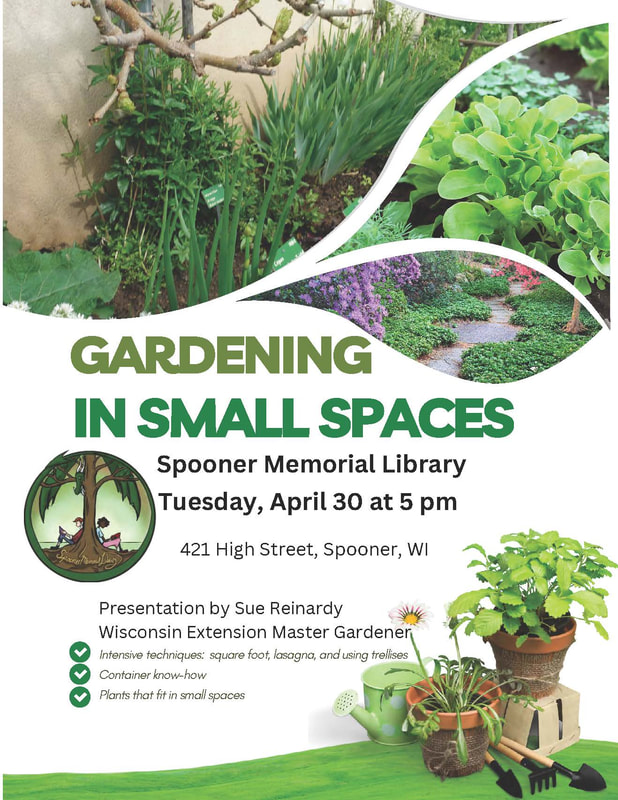
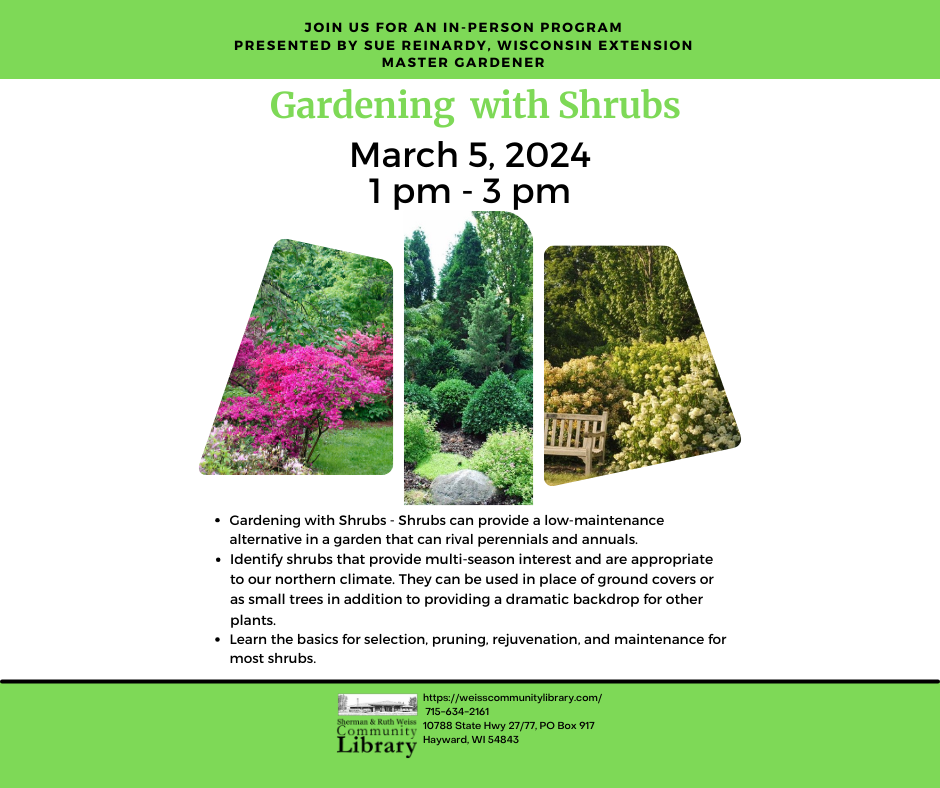
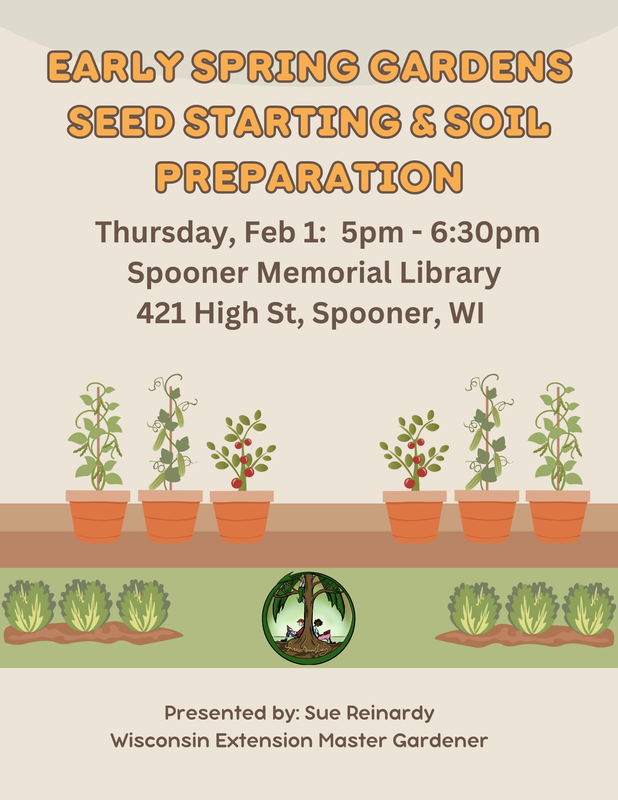
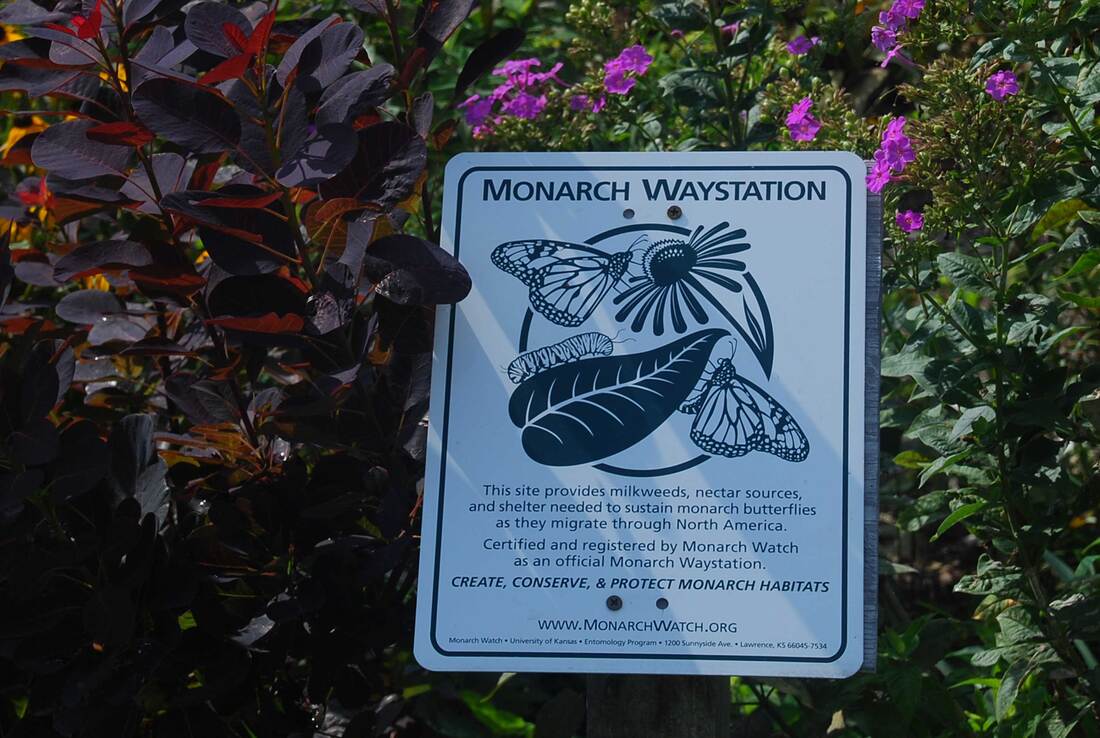
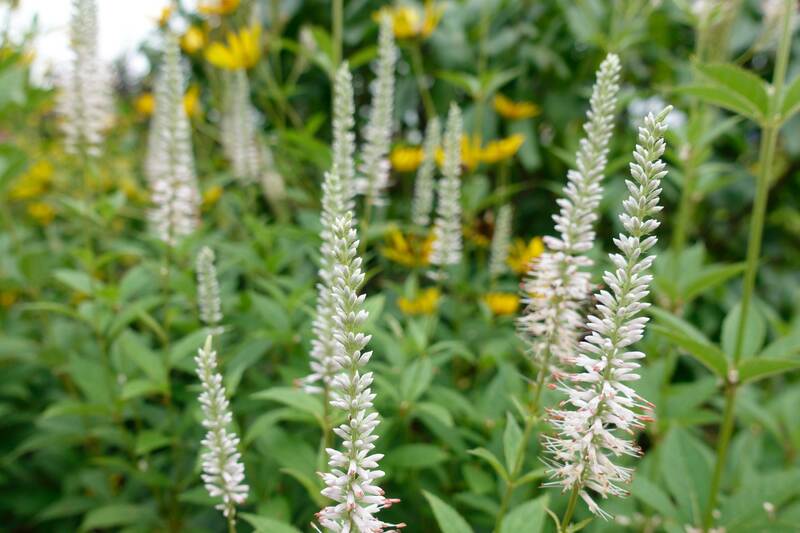
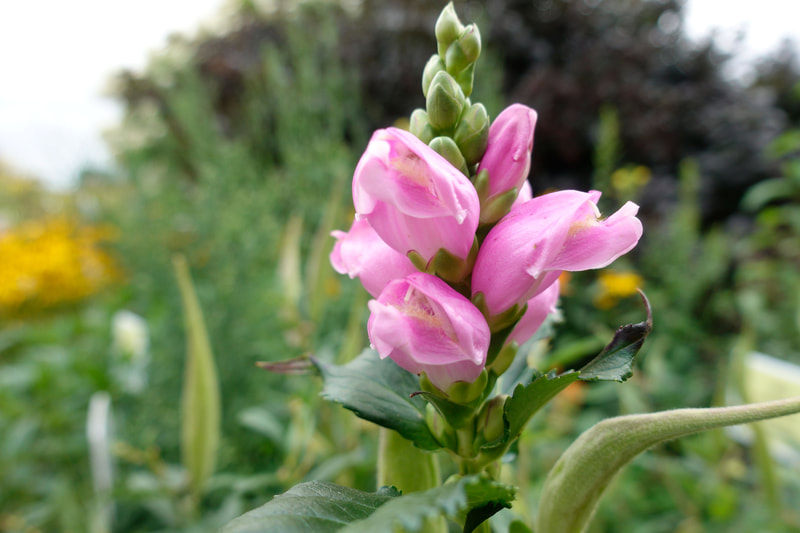
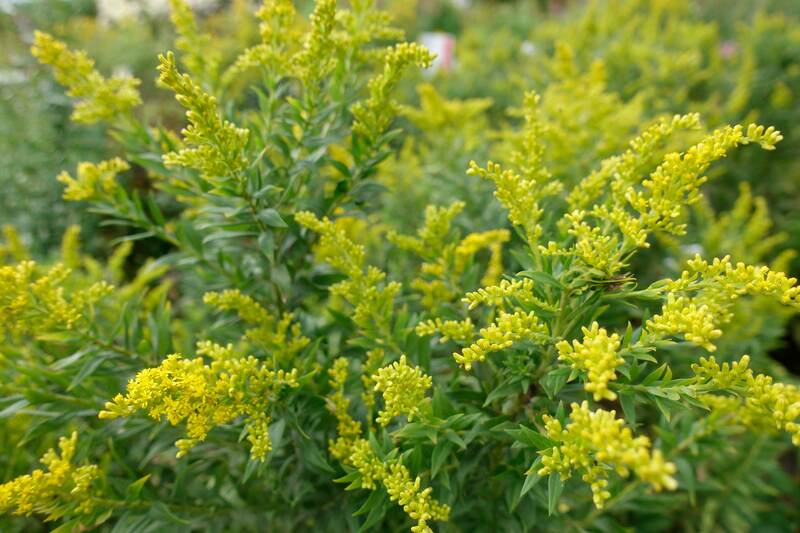
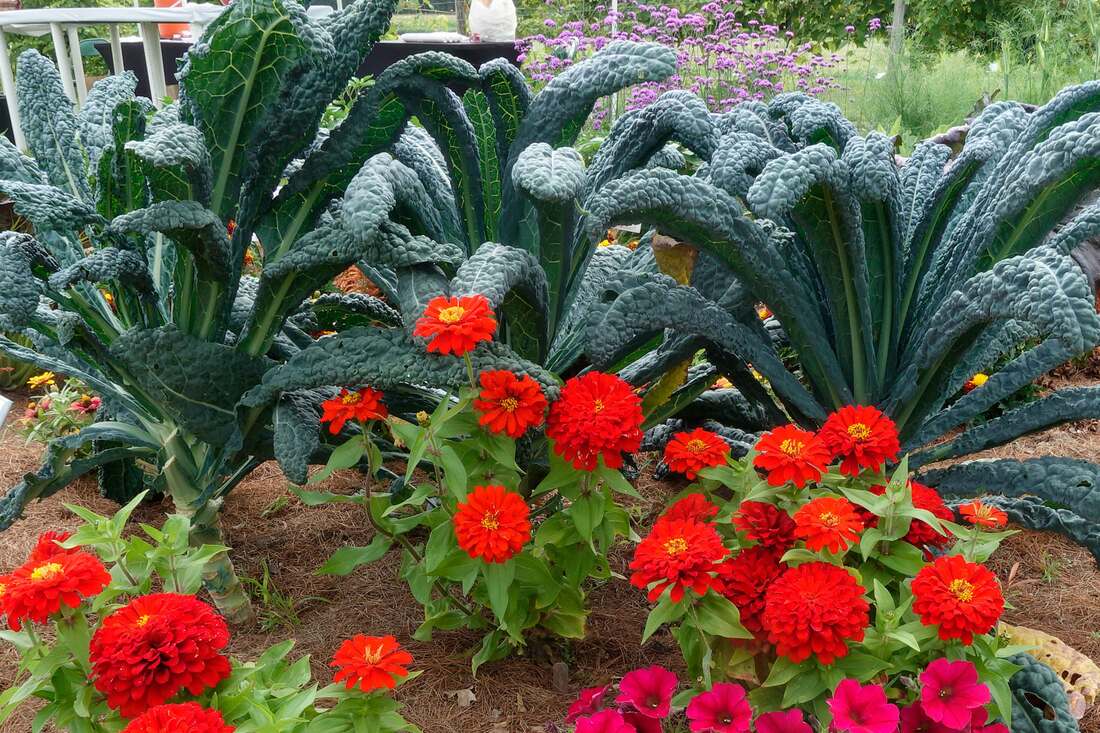
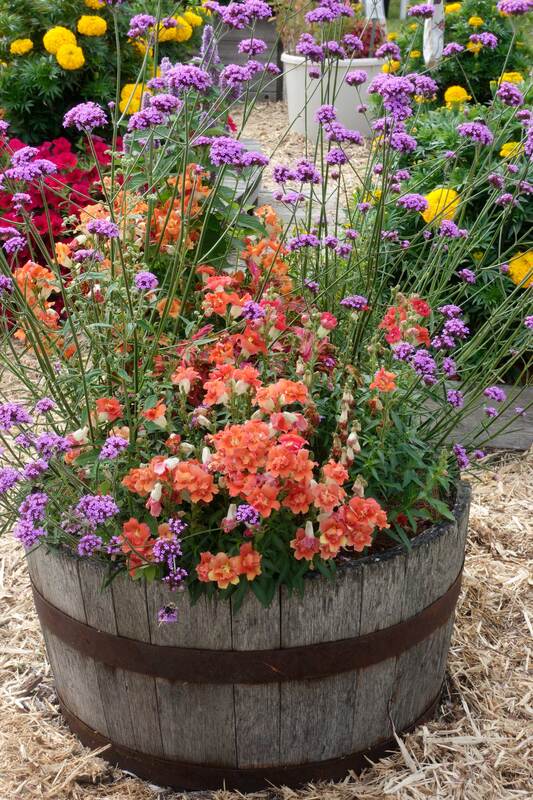
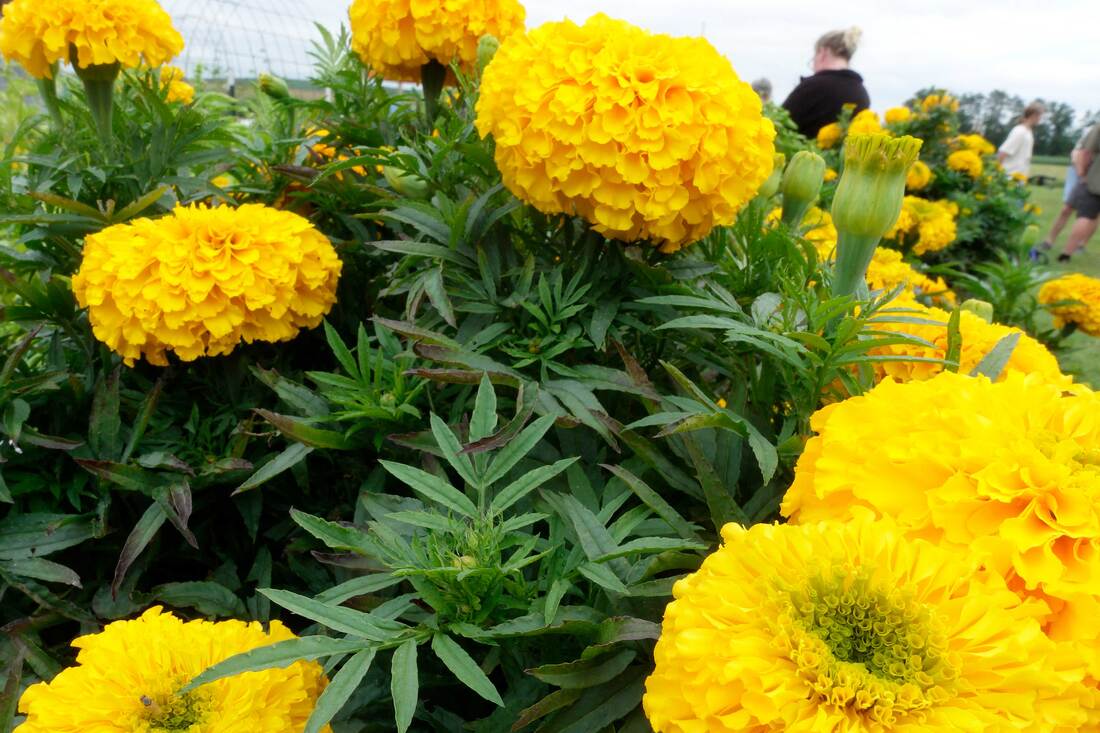
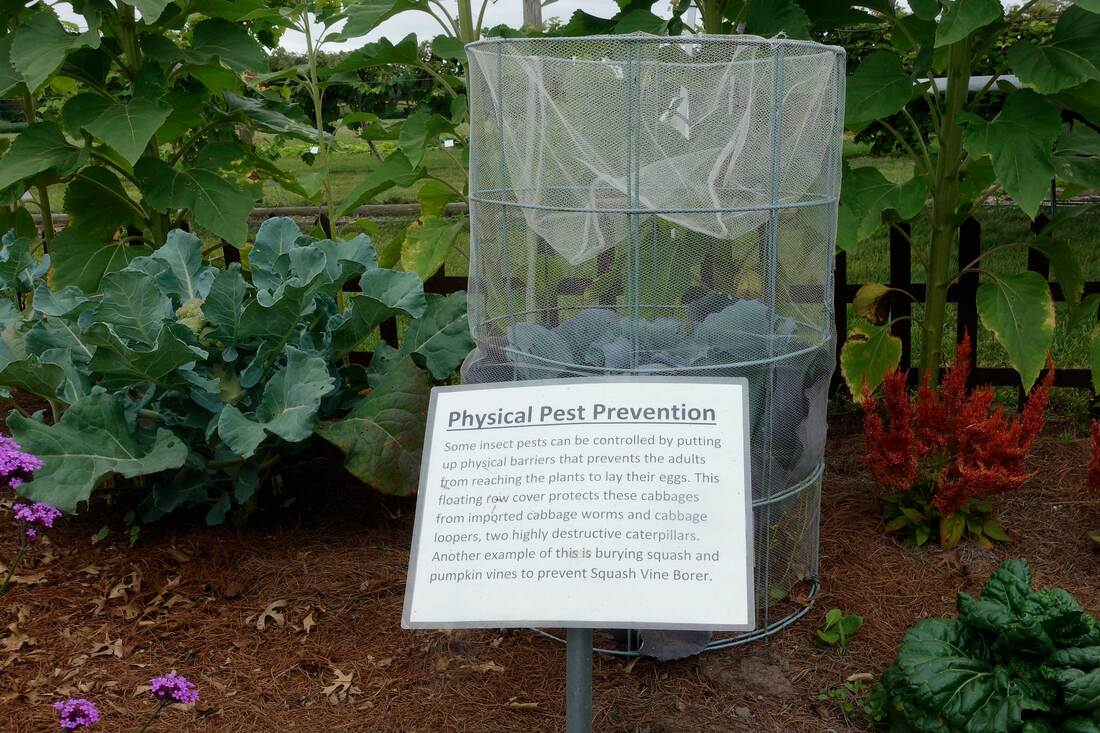
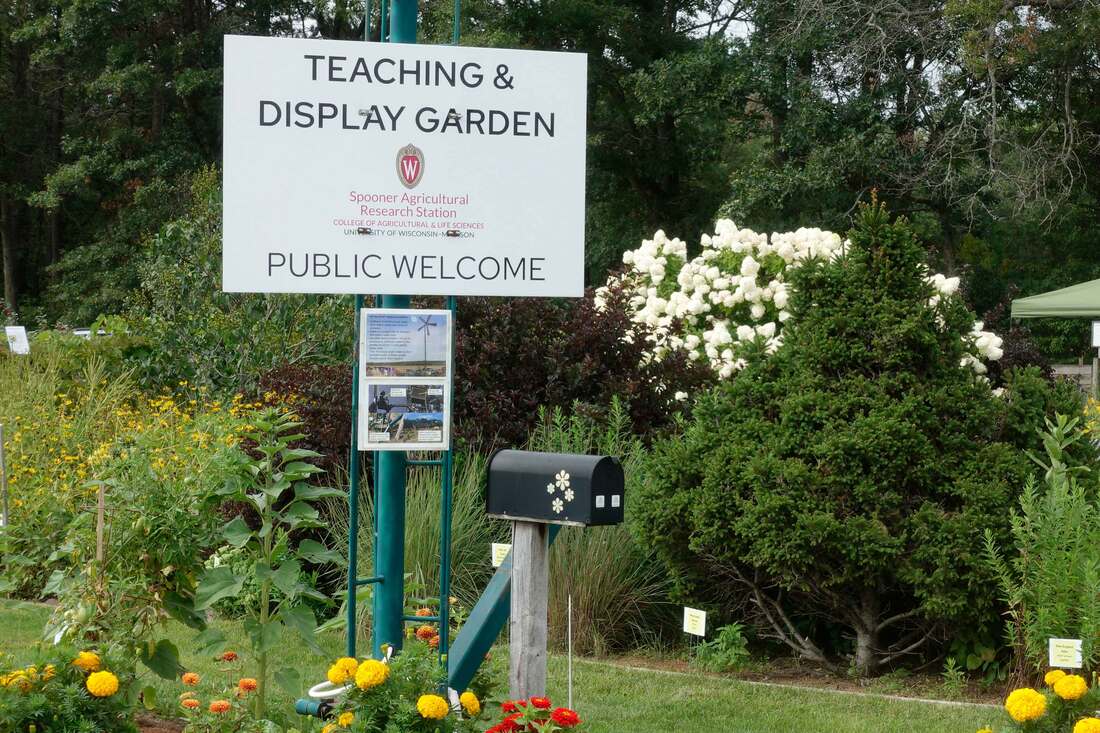
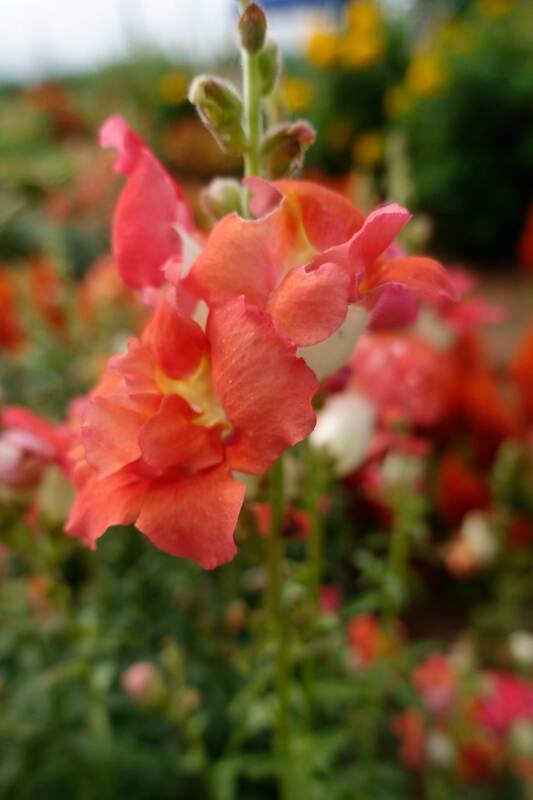
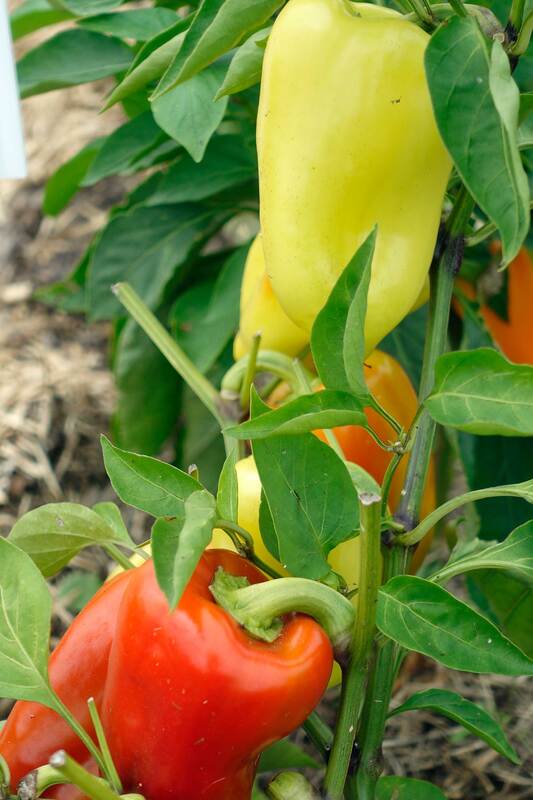
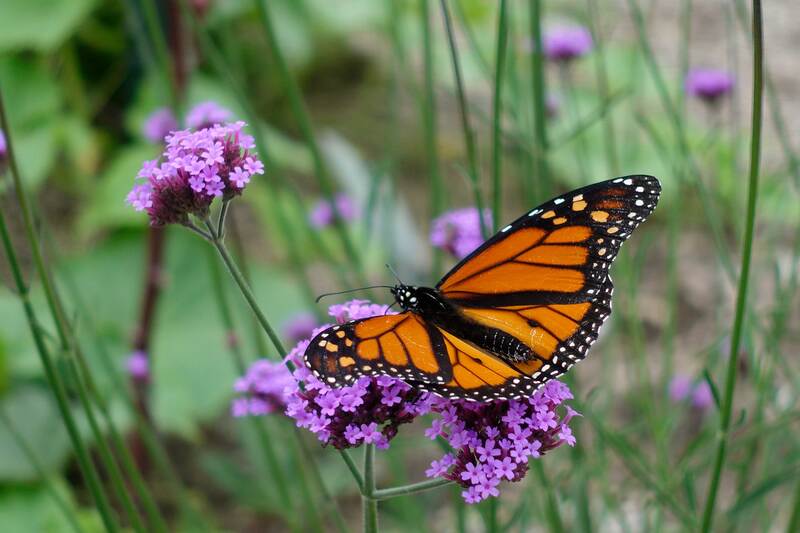


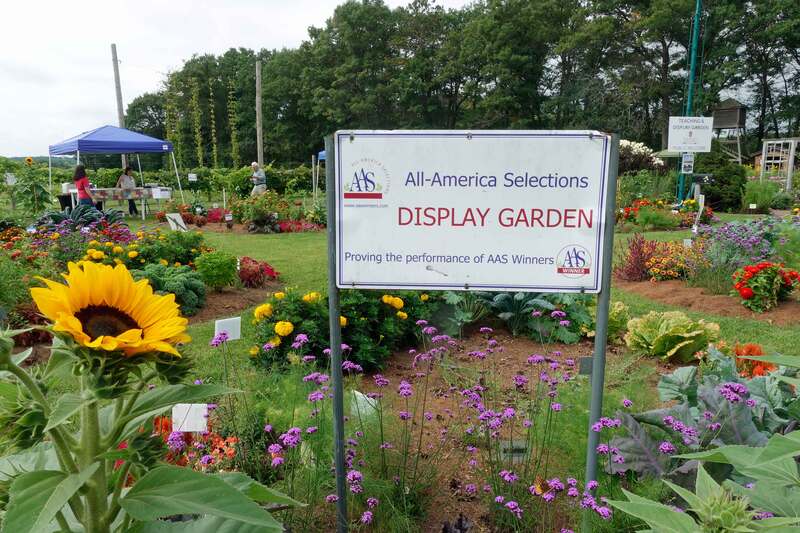
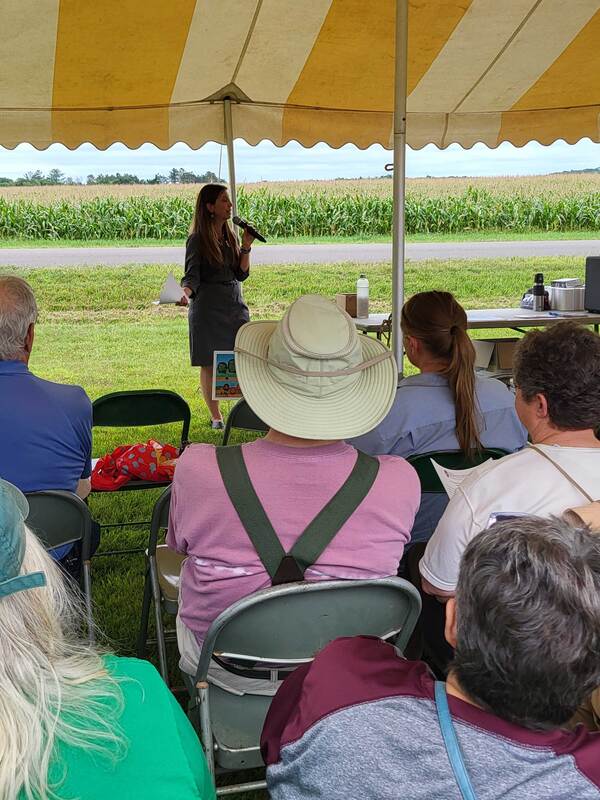
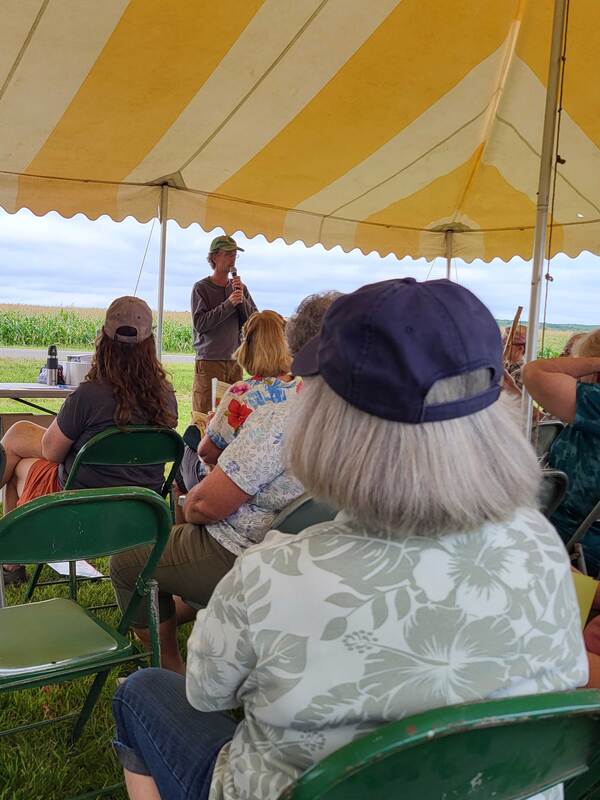
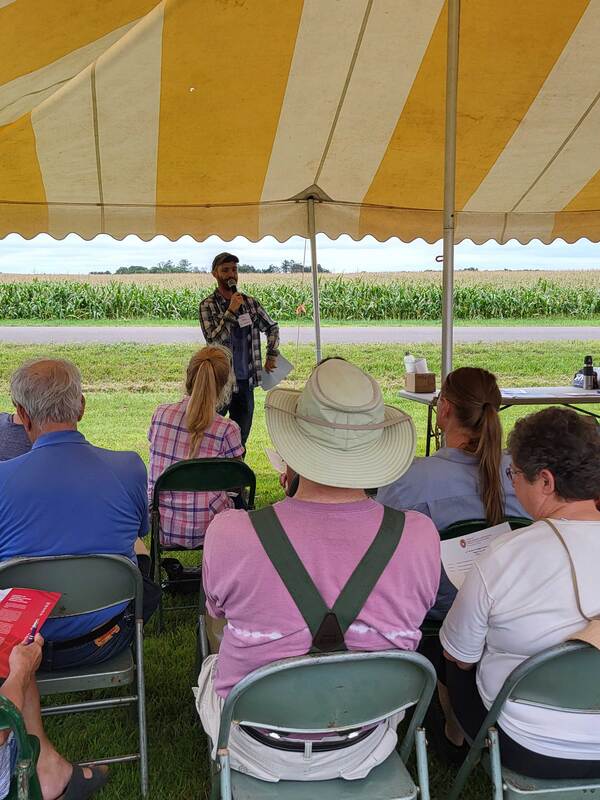
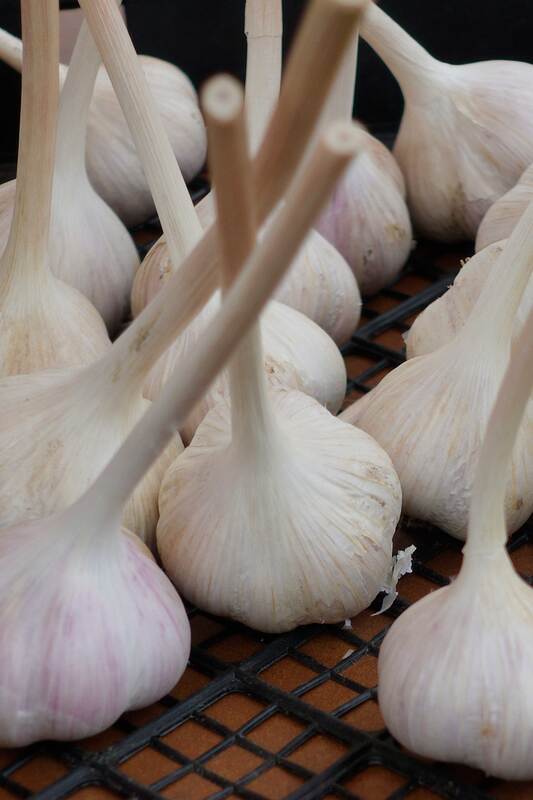
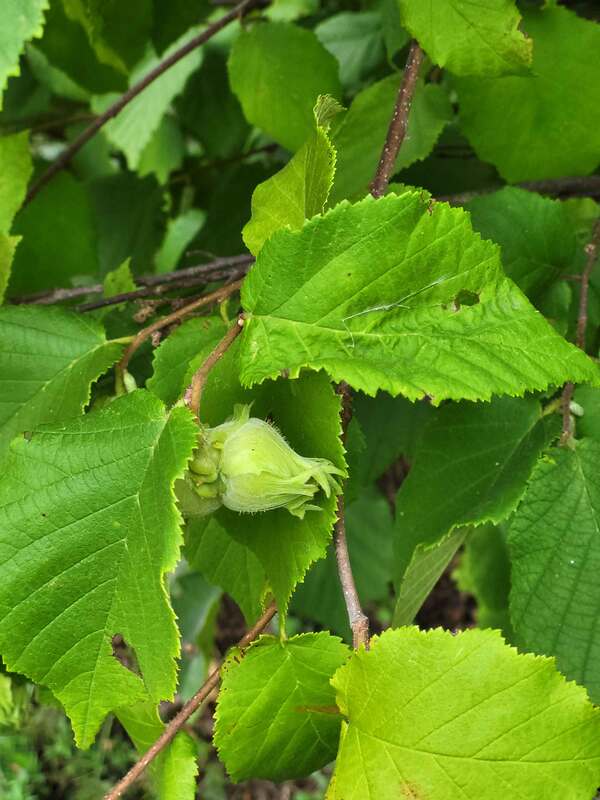
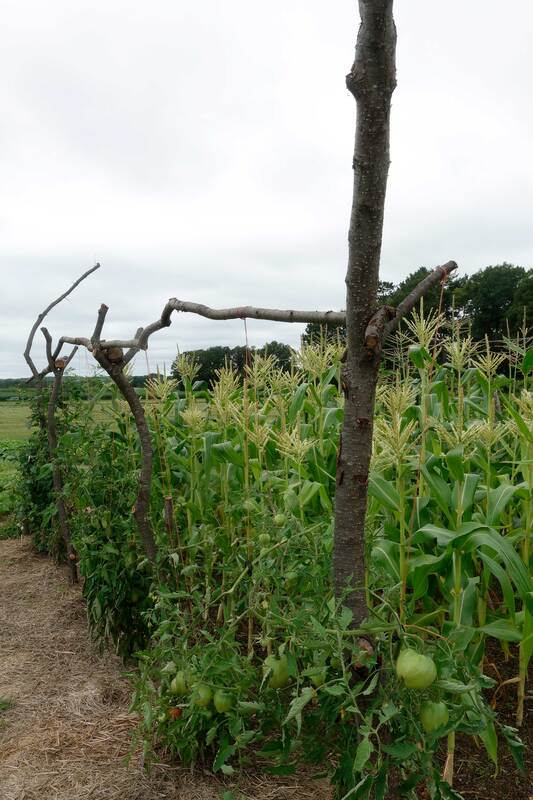
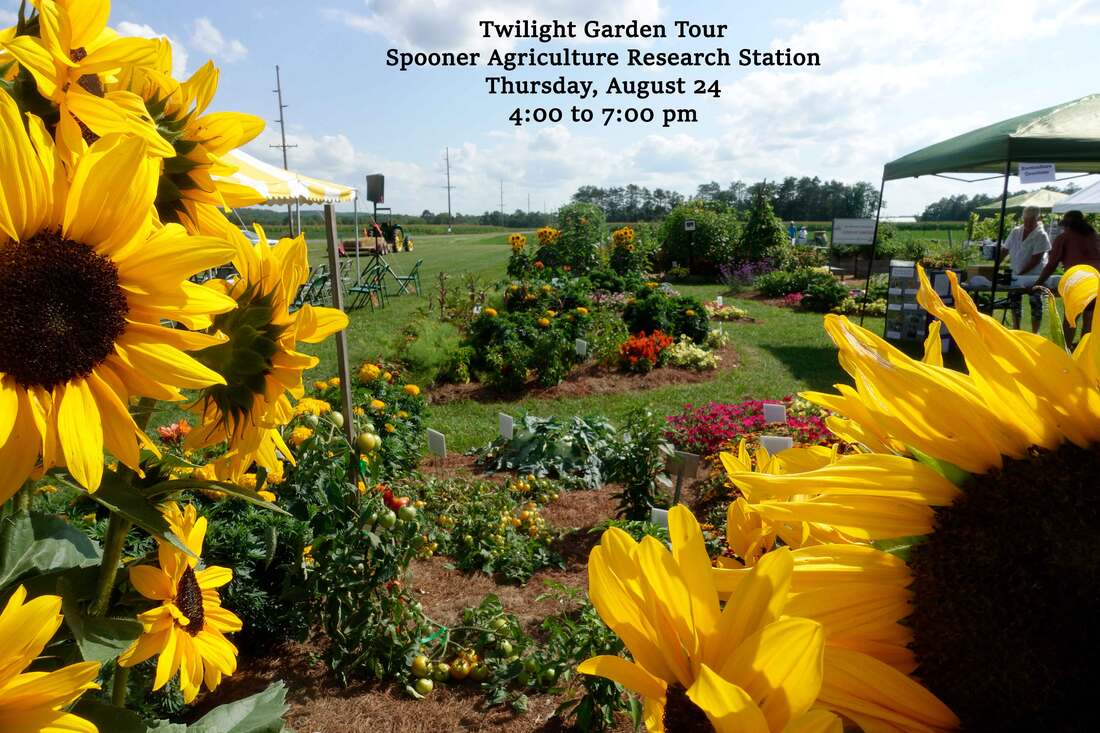
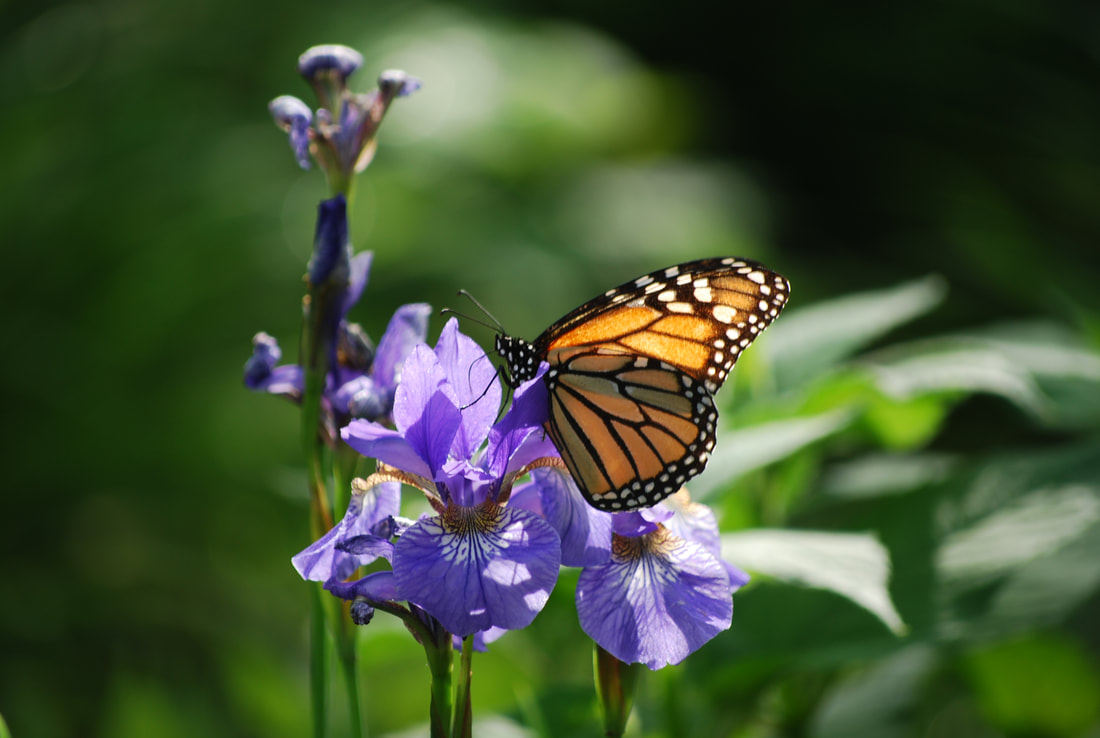
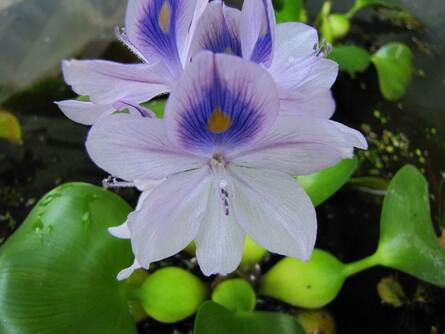
 RSS Feed
RSS Feed